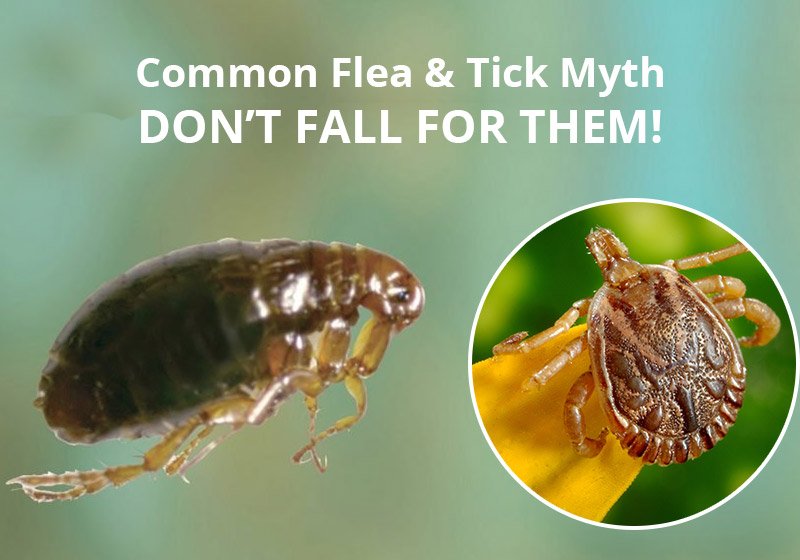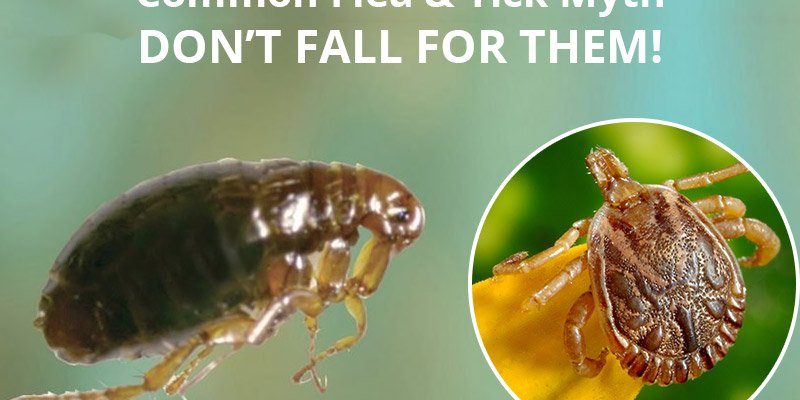
Let’s dive into some common misconceptions about fleas. By clearing up these myths, we can better understand these little critters and how to manage them effectively. So, grab your coffee, get comfy, and let’s unravel the truth about fleas together.
Fleas Are Only a Problem in Warm Weather
One of the biggest myths is that fleas are strictly a summer nuisance. Here’s the thing: fleas can thrive in various climates, not just warm ones. While they do prefer warmer temperatures, they can survive in colder environments, too. In fact, fleas have been known to remain dormant in the larval stage during chilly months, waiting for the right conditions to hatch.
When fall arrives, and the temperatures start dropping, you might think you’re safe. However, if you have pets or live in a densely populated area with other animals, those tiny invaders might be lurking. Fleas can enter your home easily and will find a cozy spot to wait out the winter in your carpets or pet bedding. So, don’t let the cooler weather fool you; flea prevention is a year-round job.
Fleas Only Affect Dogs and Cats
You might be wondering if fleas are exclusive to our furry friends. While dogs and cats are certainly their favorite hosts, fleas can infest many animals. This includes rabbits, ferrets, and even some wild animals like raccoons! Just because your pet is a little different doesn’t mean they’re immune from these pests.
If you have multiple pets, keep in mind that fleas can jump from one type of animal to another. It’s not just your dog that might bring them into the house; a flea could hitch a ride on your shoes after a walk in a dog park, too. This means vigilance and preventative care are crucial for all pet types, not just the four-legged ones.
Fleas Are Only a Nuisance, Not a Health Risk
Honestly, this one could not be further from the truth. Fleas are not just annoying; they pose health risks to both pets and humans. In pets, fleas can cause severe skin irritations, allergic reactions, and even lead to anemia in extreme cases. Fleas can also transmit tapeworms, which can be quite distressing for our furry friends.
For humans, flea bites can lead to itchy rashes and allergic reactions, too. They’re not just a “pet problem”—if fleas decide to set up camp in your home, the whole family, including the humans, may feel the effects. Additionally, in some cases, fleas can carry diseases like the bubonic plague. It’s a good reminder that these tiny pests shouldn’t be taken lightly.
Once Fleas Are Gone, You Don’t Need to Worry
So you’ve finally managed to get rid of the fleas. Great job! But let me explain—it’s not time to relax just yet. Fleas are tricky creatures with a life cycle that keeps them coming back. Even after you treat your pet and your home, you need to stay on top of prevention.
Adult fleas can lay hundreds of eggs, and these eggs can fall into the carpet or your pet’s bedding. Even if you think you’ve eliminated the adults, those eggs can hatch later on, leading to a rebirth of the flea infestation. Implementing a regular flea treatment schedule is essential to keep those pesky bugs at bay. This might include using flea collars, topical treatments, or oral medications for your pets.
Fleas Are Only an Issue for Pets in the House
Another misconception is that if you keep your pet indoors, they’re safe from fleas. Not quite! Fleas can come into your home through various means. You might track them in on your clothes or shoes after a walk, or they could hitch a ride on another animal.
Even if your pet doesn’t actively venture outside, contact with their environment is still a risk. You might be surprised to know that fleas can survive in shaded or humid areas outside. So even a brief trip outdoors can expose your pet to flea eggs or larvae. Regularly checking and treating your indoor pets is essential, no matter how often they go outside.
Fleas Only Use Pets for Blood
You might think that fleas only suck blood for survival, but they have a more complex relationship with their hosts. Here’s the thing: flea saliva contains proteins that can cause allergic reactions in some animals, making them itch and scratch. This scratching can lead to skin infections, and the cycle continues as the flea keeps feeding.
Moreover, fleas don’t just feed to survive; they also reproduce rapidly. Flea infestations can escalate quickly, as females can lay up to 50 eggs a day! So, it’s not just about them using pets for blood; it’s about them establishing a home and multiplying. This means that treating a flea problem involves more than just killing the fleas you see; you need to break the entire life cycle.
All Flea Treatments Are the Same
If you think all flea treatments are created equal, think again. There are various options available—some might be more effective for your situation than others. For instance, topical treatments work differently from oral medications and flea collars. Each has its pros and cons, and the best choice depends on your pet’s lifestyle and specific needs.
Using a combination of treatments can also be beneficial. Many pet owners find that using both a topical treatment and a flea collar offers better protection. It’s essential to read labels carefully and, if you’re uncertain, consult with your vet for recommendations tailored to your pet.
Fleas might be small, but their impact can be quite significant. By busting these common myths, we can take proactive steps to protect our pets and homes. Remember, fleas aren’t just a summer problem, and they can affect all animals—not just dogs and cats.
Staying vigilant, using proper treatments, and maintaining flea prevention year-round will help keep your furry friends happy and healthy. So, the next time you hear a myth about fleas, you’ll be armed with the facts—ready to fight the good fight against these little pests!

